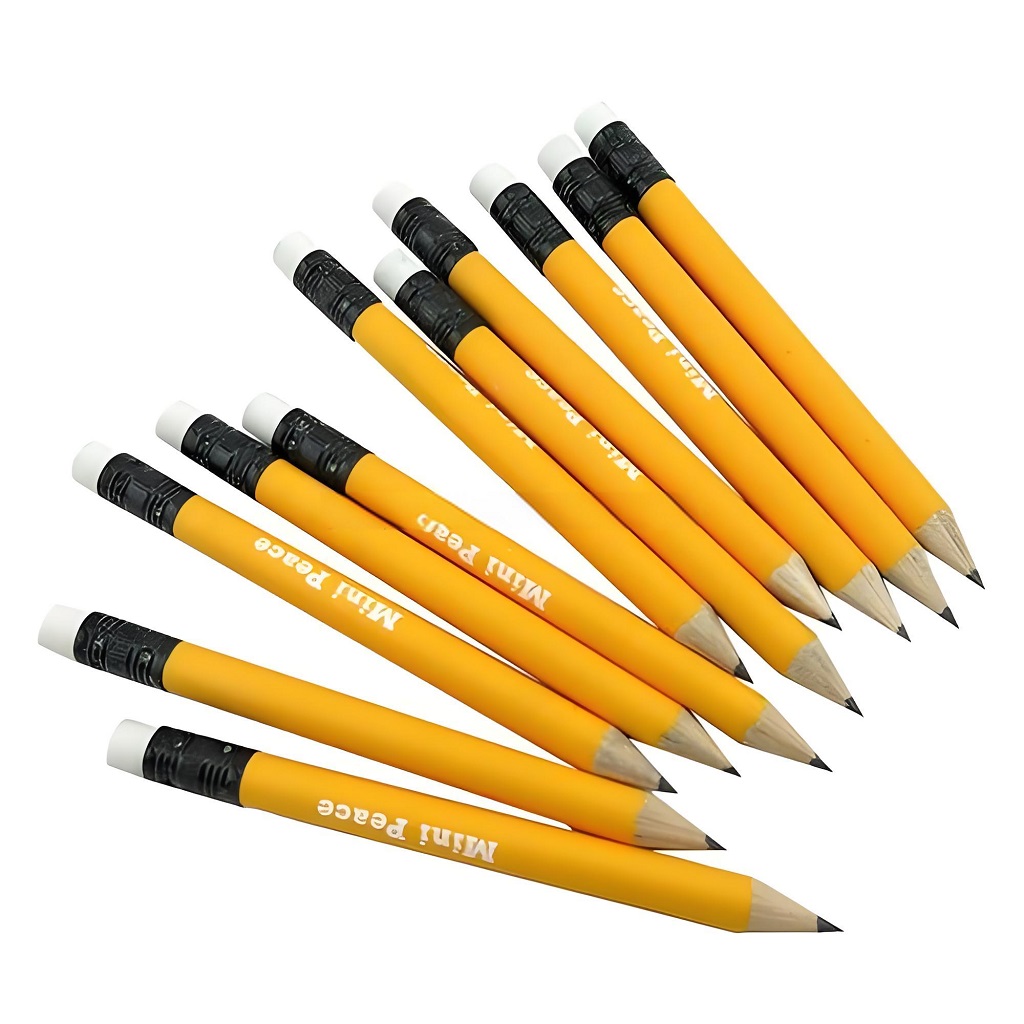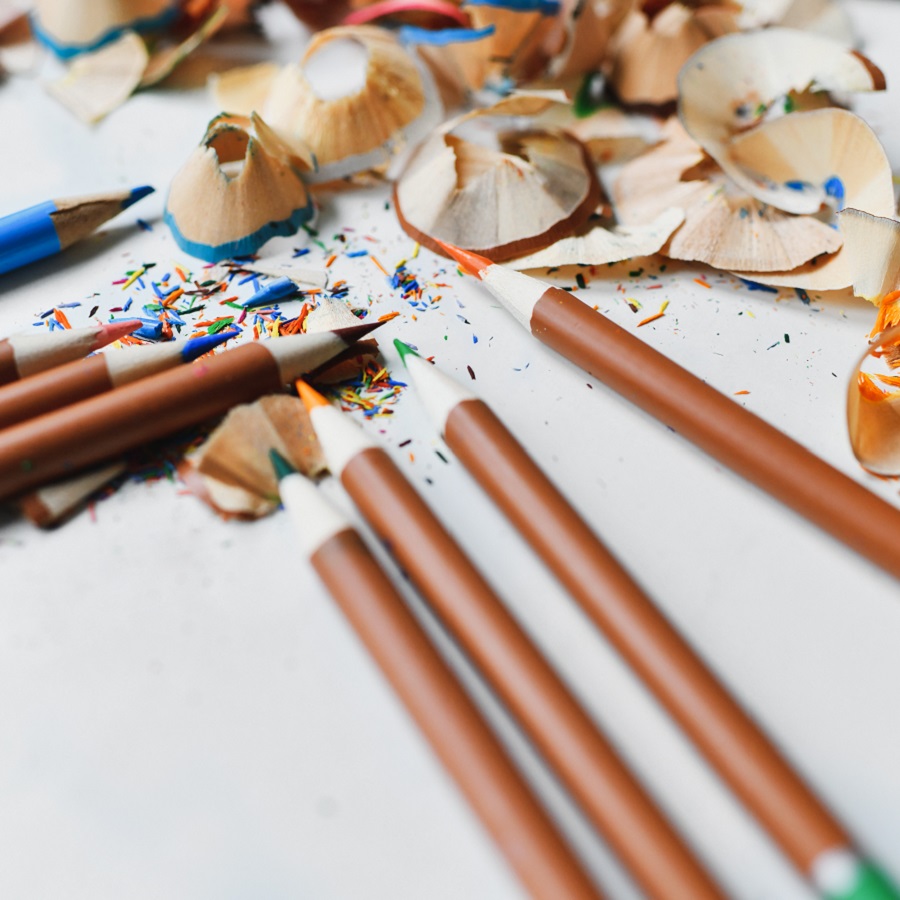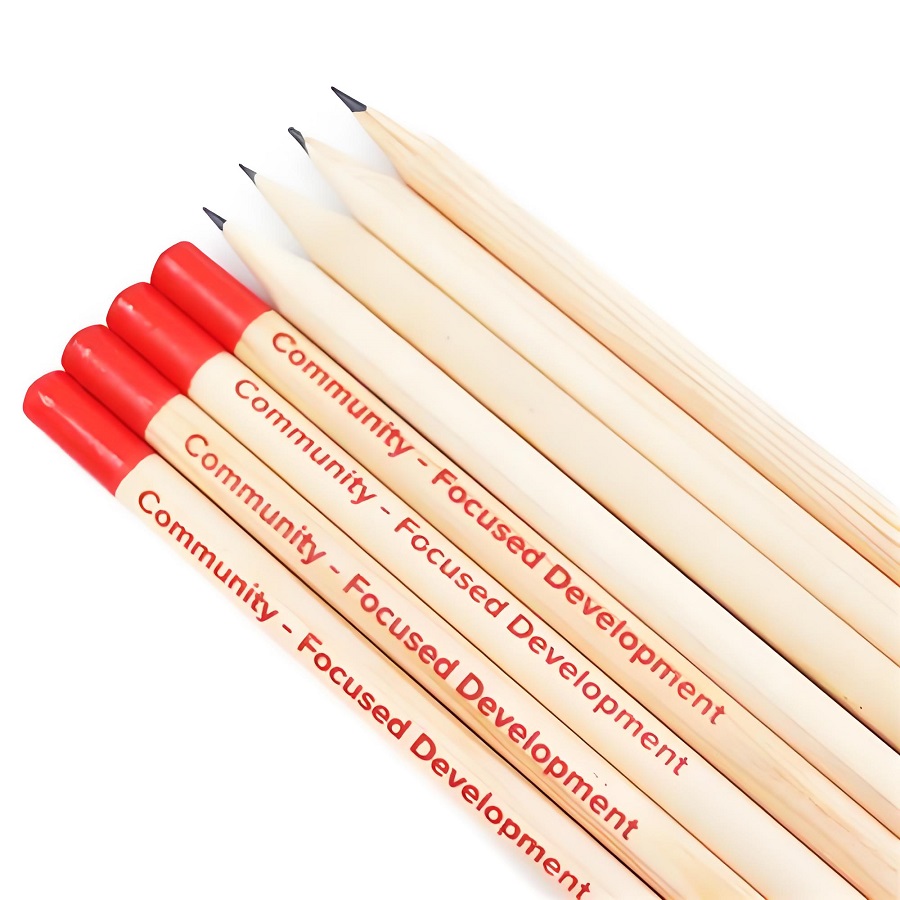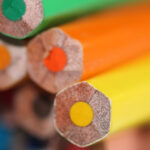Color pencils are not just tools for children; they are versatile instruments cherished by artists, designers, and hobbyists alike. Whether you’re sketching, designing, or simply doodling, color pencils offer a range of possibilities that can bring your creative visions to life. In this article, we’ll delve into the components, types, and uses of color pencils to help you better understand and appreciate their value.
The Essential Components of Color Pencils
Color pencils are crafted from several key components that determine their quality and performance:
-
Pigments
: The pigments in color pencils are the primary source of their vibrant hues. These pigments can be derived from natural minerals like ochre, carbon black, and limestone, or they can be synthetically produced. Synthetic pigments offer a wider range of colors and can be precisely formulated to create specific shades.

-
Fillers
: Fillers, such as wax and talc, are added to color pencils to provide the desired hardness and texture. They also help to reduce the cost of pigments. The choice of fillers affects the pencil’s feel and how smoothly it applies color to paper.

-
Binders
: Binders are materials like glycerides, wax, and resins that hold the pigments and fillers together. The type of binder used can influence the pencil’s quality, including its durability and ease of use. Different binders can create pencils that range from soft and creamy to hard and sharp.

-
Wooden Casings
: The outer casing of a color pencil is usually made from woods like basswood, poplar, or cedar. This casing provides protection for the pencil core and offers a comfortable grip for the user. High-quality wooden casings can enhance the overall experience of using color pencils.
For more detailed information on high-quality color pencils, you can visit
Durzerd Color Pencils
.
Different Types of Color Pencils
Color pencils can be categorized into three main types based on their core compositions and properties:
-
Oil-Based Color Pencils
: These pencils are known for their vibrant, heavy colors and slightly waxy texture. They can create unique textures and are ideal for layering and blending. However, they are less suitable for creating fine details and are difficult to erase. -
Water-Soluble Color Pencils
: Often referred to as watercolor pencils, these have a water-soluble binder. When used dry, they provide effects similar to oil-based pencils but with a softer finish. When water is added, they function like watercolors, creating smooth washes and blends. They are perfect for sketching and architectural drawings but can be tricky to control. -
Pastel Color Pencils
: These pencils have a powdery texture and provide excellent coverage with a grainy, textured feel. They are great for creating soft edges and blending, but the colors can smudge and leave dust on the paper. This type of pencil is often used for expressive artwork where texture plays a significant role.
To explore a customizable set of high-quality color pencils, check out
C Pencils’ 24-Color Set
.
Choosing and Using High-Quality Color Pencils
When selecting color pencils, several factors can help you determine their quality and suitability for your needs:
-
Color Saturation
: High-quality color pencils should produce rich, vibrant colors. Test the pencils on a piece of paper to see how intense and uniform the colors appear. -
Hardness of the Core
: The hardness affects how the pencil feels when drawing and how easily it can be sharpened. Softer cores are great for blending, while harder cores are better for detailed work. -
Brand Reputation
: Established brands often offer more consistent quality and performance. Popular brands include Prismacolor, Faber-Castell, and Caran d’Ache.
To maintain your color pencils, store them in a cool, dry place and keep them away from direct sunlight. Regularly sharpen them to ensure they are always ready for use.
Creative Applications of Color Pencils
Color pencils are incredibly versatile and can be used in many creative ways:
-
Blending and Layering
: Experiment with blending colors to create gradients and new shades. Layering different colors can add depth and dimension to your artwork. -
Texturing
: Use the side of the pencil lead or apply varying pressure to create different textures and effects. This technique is especially useful for adding detail to landscapes and portraits. -
Mixed Media
: Combine color pencils with other mediums like watercolors, ink, or pastels to achieve unique artistic effects. The water-soluble pencils are particularly useful for this purpose.
For further inspiration and techniques, you can visit this guide on creative uses of color pencils.
Color pencils are more than just simple drawing tools; they are gateways to endless creative possibilities. Whether you are a beginner or a professional, understanding their components, types, and applications can enhance your artistic journey.



